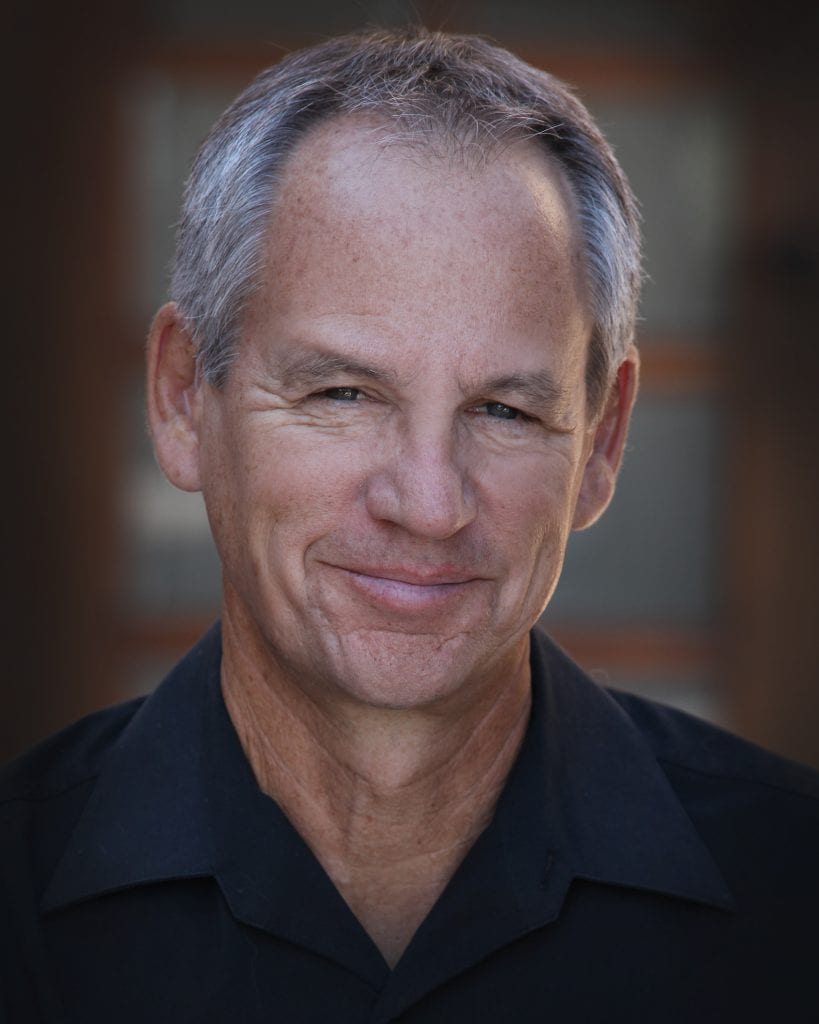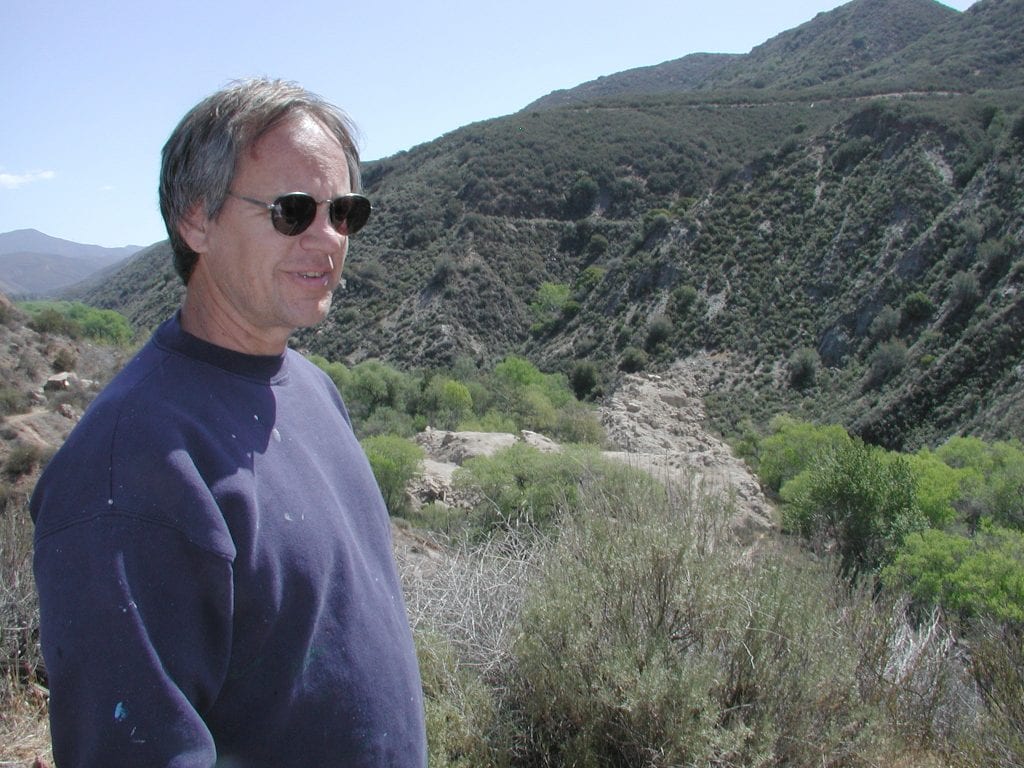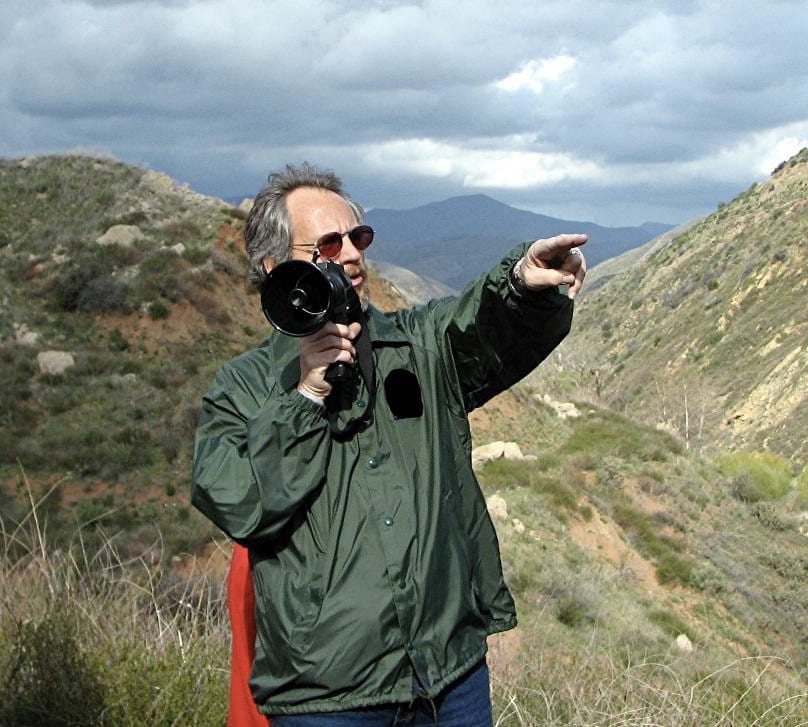
A lifelong resident of the Santa Clarita Valley, Frank Rock hadn’t heard much about the tragic event until he joined the Santa Clarita Valley Historical Society and saw historian Jerry Reynolds’ presentation about the dam failure. He obtained a copy of the only definitive account (at the time), Charles Outland’s book “Man Made Disaster” and became deeply interested in learning about and sharing the impact and importance of this event with as many people as he could reach.
As his interest and involvement in preserving and presenting the St. Francis Dam disaster story grew, Frank Rock started collecting everything he could on the event. Working with neighboring historical societies, the Department of Water and Power archives, and newspaper records, he gathered every tidbit and photo that he could, confirming facts and debunking popular legends and stories along the way. He interviewed survivors and descendants and worked with museum curators to flesh out the fascinating details, and joined ranks with a group of other historians, geologists, and like-minded people interested in the dam to solicit different points of view and expertise.

He began making treks to the dam site in San Francisquito Canyon with Reynolds, who served as his mentor and studied the works of Dr. J. David Rogers, the geologist who presented the definitive cause of the dam’s collapse. Frank Rock helped with the annual presentations. When Reynolds passed away, he adapted the slide show and lecture into a PowerPoint, with oversized maps and pictures from his own collection to share with audiences that packed the freight room of the historical society’s headquarters. The presentations were done on or near the anniversary and featured photos of the dam’s development and the aftermath, and told the story of William Mulholland, the engineer, and architect who supervised the dam’s construction.

After the lectures, people always asked how to get up to the ruins, so Rock and his wife, Carol, organized bus tours to accompany the lectures. Armed with a bullhorn, Rock would tell stories about the dam as buses traversed the canyon, stopping at Powerhouse 2, where the rebuilt turbine houses stand, and then up for a mild hike to see the ridges and valleys that are absorbing the concrete boulders, ruins of the dam that once held back millions of gallons of water. The popular tours provided a fundraising opportunity for the Historical Society and introduced a landmark and colorful local history to many people, long-time residents and newcomers alike.

Eventually, someone christened him with the moniker “The Dam Man,” and it stuck. He has appeared on the History Channel, Discovery, and the BBC, as well as various cable and web programs talking about the dam disaster and speaking at civic groups and schools in Southern California. He has dedicated himself to getting the word out about the disaster even if it isn’t part of the regular school curriculum, not just because of its local significance but also because it influenced national dam safety legislation and public safety.
“Whatever contributions, large or small, I can add to the preservation and enlightenment of the St. Francis Dam Disaster National Memorial, I do so in honor of the memory of the 400+ lives lost that night so many years ago,” he said.
Some of his presentations are available here:
Macabre Mondays/Malia Miglino (2017)
https://scvtv.com/2013/12/31/frank-rock-1928-st-francis-dam-disaster/
“Legacy”/2013, SCVTV, Santa Clarita, CA
Phil Scorza’s “Points Of Interest” 1995, SCVTV, Santa Clarita, CA
